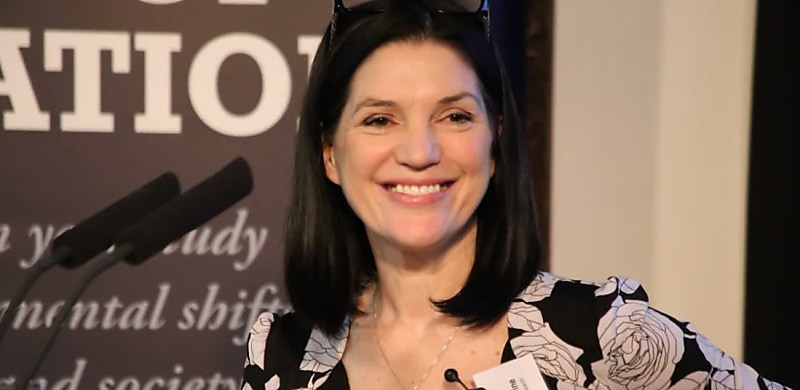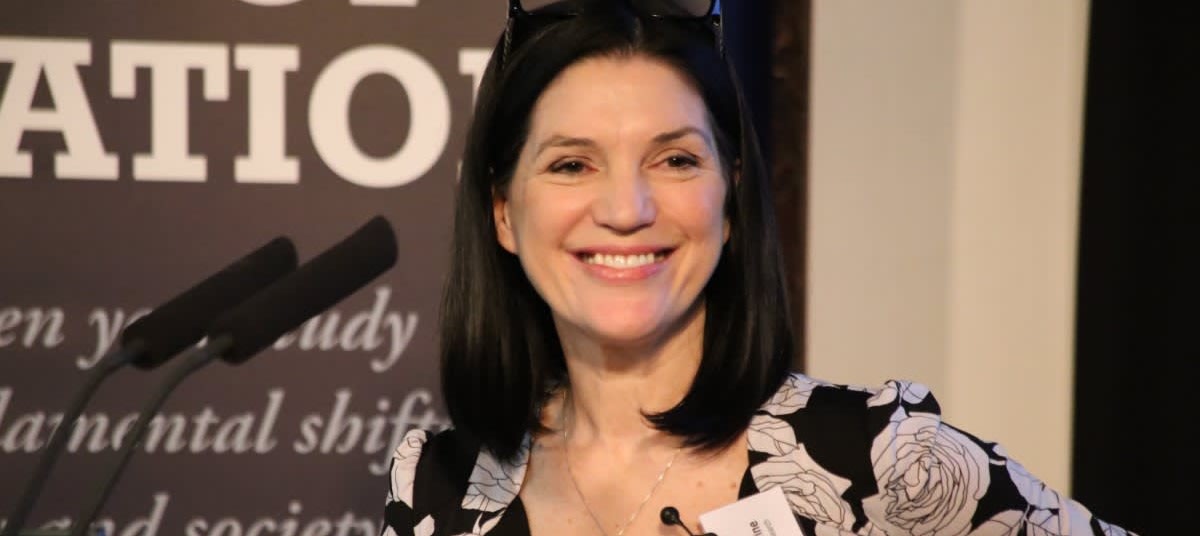
The number of mortgage holders ‘at risk’ fell in July following the introduction of stage 3 tax cuts, according to new research from Roy Morgan.
Research firm Roy Morgan has released new data showing mortgagors ‘at risk’ of ‘mortgage stress’ declined in the three months to July 2023.
There are now 1.60 million mortgage holders, or 29.8 per cent of the total share, of borrowers ‘at risk’ of ‘mortgage stress’ according to Roy Morgan data. This is based on those paying 25–45 per cent of their after-tax household income on their home loan, depending on income and spending.
This is down from 30.3 per cent of the total share (or 0.5 percentage points lower) in the three months to June 2024.
The data also showed a decline in the number of mortgage holders considered ‘extremely at risk’, down 3.3 per cent to 982,000 (18.9 per cent) from 1.02 million (20.0 per cent) in June.
Roy Morgan said this figure was above the long-term average of 14 per cent of mortgage holders.
According to Roy Morgan, part of the fall may be attributed to the fact that many Australians now have more take-home pay, as a result of the stage 3 tax cuts.
It is now forecasting this figure to fall in August to 1.59 million (29.5 per cent of mortgage holders) as the impact of the tax cuts continues to flow through.
The data comes from Roy Morgan’s Single Source Survey, based on interviews with more than 60,000 Australians each year, including 10,000 owner-occupied mortgage holders.
Mortgagors are considered ‘extremely at risk’ if even the ‘interest only’ part is above a certain proportion of household income.
The research arm flagged that the proportion of borrowers at risk of mortgage stress would remain lower even if the Reserve Bank of Australia (RBA) hiked the cash rate +0.25 bps to 4.6 per cent in September (which is not anticipated).
The impact of a potential rate increase would mean the number of mortgagors considered ‘at risk’ would fall 4,000 to 1,600,000 (29.5 per cent), according to the company.
However, modelling showed that a hike would see the number of mortgagors considered ‘at risk’ eventually rise in October to 1,619,000 (30.1 per cent of total share).
Roy Morgan CEO Michele Levine said the stage 3 tax cuts would help ease the burden for many Australians by boosting disposable income.
“Even if the Reserve Bank increases interest rates in late September the level of mortgage stress by October will increase only marginally to 1,619,000 – up 15,000 from the current level – and equivalent to 30.1 per cent of mortgage holders,” Levine said.
“The latest figures show that when considering mortgage stress, it is important to appreciate that interest rates are only one of the variables that determines whether a mortgage holder is considered ‘At Risk’. The Stage 3 income tax cuts are delivering significant financial relief, and a boost to take home pay, for millions of Australian taxpayers – including many mortgage holders.
“As these figures show, the variable with the largest impact on whether a borrower falls into the ‘At Risk’ category is related to household income – which is directly related to employment. The employment market has been strong over the last year (the latest Roy Morgan estimates show 375,000 new jobs created compared to a year ago) and this has provided support to household incomes which have helped to moderate levels of mortgage stress since the highs of early 2024.”
[Related: Mortgage stress down following record highs: Roy Morgan]




